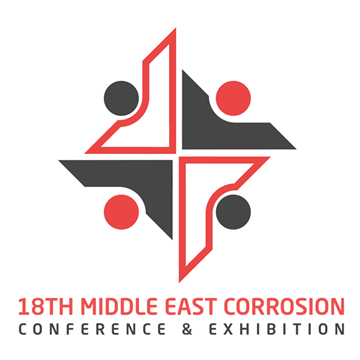Search
Online Conference Paper
View as
Sort by
Display
per page
Role of Non-Metallic Inclusions and the Microstructure Constituents on HIC Performance
Product Number:
MPWT19-14439
Publication Date:
2019
$0.00
Rotational Lining System and Use of High-Performance Thermoplastics
Product Number:
MPWT19-15307
Publication Date:
2019
$0.00
Route to optimize temporary seal for downhole dissolvable magnesium plug application in HT: Failure analysis and learnings
Product Number:
51323-18889-SG
$20.00
Rust Creepage Mechanism for Offshore Atmospheric Coatings
Product Number:
51323-18754-SG
Publication Date:
2023
$20.00
Salt Deposition On F-5 Aircraft In Various Service Environments
Product Number:
51322-17799-SG
Publication Date:
2022
$20.00
Sanicro 35, a New Super Austenitic Stainless Steel for Demanding Wet Corrosive Applications
Product Number:
MPWT19-14327
Publication Date:
2019
$0.00
Saudi Aramco Corrosion Management Solution (CMS) – A Proactive Transformation in Corrosion Management
Product Number:
MECC23-20308-SG
Publication Date:
2023
$20.00
Scale Cause Analysis and Control Practice for Water Injection Wells
Product Number:
51321-16773-SG
Publication Date:
2021
$20.00
Scaling Risk Assessment and Remediation in Geothermal Operations Using a Novel Theoretical Approach
Product Number:
51324-20701-SG
Publication Date:
2024
$40.00
SCC Behavior Of Alloy 52M Weld Butter On SA-508 LAS From The Double-Repair Dissimilar Metal Weld In A PWR Environment
Product Number:
ED22-17283-SG
Publication Date:
2022
$20.00
SCC Growth Behavior Of Stainless Steels And Nickel-Base Alloys During Chemical Transients In BWR NWC Environments
Product Number:
51321-17008-SG
Publication Date:
2021
$20.00












